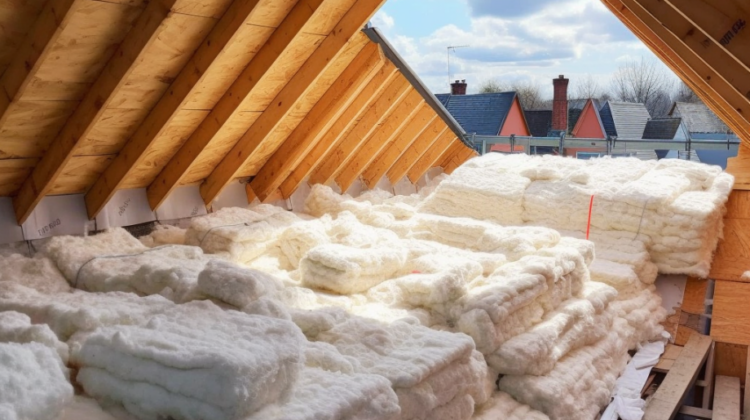
Insulating your roof is essential to any home renovation or improvement project. It can significantly reduce energy bills and make your home more comfortable by regulating the temperature and humidity levels. Poor insulation in the roof can result in energy loss, leading to higher utility bills and discomfort. Fortunately, there are several ways to insulate your roof better, whether building a new home or retrofitting an existing one.
Identify the insulation requirements
Before you begin insulating your roof, it’s crucial to determine the insulation requirements for your climate zone. The insulation requirements can vary depending on the location of your home, the type of roof, and the climate. You can use the U.S. Department of Energy’s insulation calculator to determine the insulation level needed for your area.
Choose the correct type of insulation
Several types of insulation materials are available in the market, including fiberglass, cellulose, and spray foam. When choosing insulation for your roof, it is vital to consider your specific requirements since each material has advantages and disadvantages. While fiberglass insulation is widely used and affordable, cellulose insulation is an eco-friendlier option made from recycled paper. On the other hand, spray foam insulation is the most expensive but boasts exceptional insulation capabilities and is perfect for sealing small gaps.
Seal the air leaks
Air leaks in the roof can significantly reduce the effectiveness of insulation. Before insulating your roof, seal all the air leaks, including gaps around pipes, vents, and chimneys. Use weather stripping or caulk to seal the gaps and prevent air leakage. This will help to keep your home warm in the winter and cool in the summer.
Install the insulation
After sealing the air leaks, you can install the insulation. The insulation should be installed according to the manufacturer’s instructions. If you’re retrofitting an existing home, you may need to remove the existing insulation before installing the new insulation. When handling insulation, wear protective gear, such as gloves and a mask.
Choose the right R-value
The R-value of insulation is a measure of its resistance to heat flow. The higher the R-value, the better the insulation. The R-value you need for your roof will depend on the insulation requirements for your climate zone. You can consult a professional to determine the proper R-value for your home.
Ventilate your attic
Proper attic ventilation is essential for maintaining your home’s temperature and humidity levels. Good ventilation can help prevent the buildup of moisture in the attic, leading to mold and mildew growth. It can also help to extend the lifespan of your roof. You can install roof vents or attic fans to improve ventilation in your attic.
Insulating your roof is essential in improving your home’s energy efficiency. It can help to reduce your energy bills, improve your home’s comfort, and extend the lifespan of your roof. Following the tips outlined in this article, you can better insulate your roof and enjoy the benefits of a more energy-efficient home. If you’re uncomfortable with protecting your roof on your own, consider consulting with a professional to ensure the job is done correctly.
